My wife is currently in Indonesia – and inflation is rising. What a perfect time to revisit the world’s most expensive coffee.
Indonesia is famous for coffee. For example, “Sumatra” is their biggest island – with “Java” coming in close behind (and both are synonymous with coffee).
They also make one of the most expensive coffees in the world … Luwak Coffee.
It is a very particular coffee, created using a very peculiar process.
In traditional coffee production, the cherries are harvested, and the beans are extracted, before being shipped to a roaster, ground into a pulp, and brewed by a barista at your local Starbucks.
In contrast, with Luwak coffee, something different happens.
The coffee cherries are harvested by wild animals.
Specifically, they’re harvested by the Asian Palm Civet, a small, cat-like animal that absolutely loves the taste of coffee cherries.
But, if the civets eat the cherries, how can they still be used to make coffee?
Here comes the gross part—the civets eat the coffee cherries, but their digestive tract can’t effectively process the beans, only the flesh surrounding them.
When the partially digested, partially fermented beans are eventually excreted, coffee producers harvest them. The beans are then cleaned, roasted, and used to make astonishingly expensive (“with retail prices reaching up to $1300 per kilogram”) coffee.
Now, is the coffee that mind-blowing?
No, not really. In fact, many critics will openly call it bad coffee, or as Tim Carman, food writer for the Washington Post put it, “It tasted just like…Folgers. Stale. Lifeless. Petrified dinosaur droppings steeped in bathtub water. I couldn’t finish it.”
To be fair, the Luwak coffee industry is not really about coffee … it is about an experience. When I toured a plantation near Ubud, Bali, a smiling tour guide greeted and led me on an in-depth exploration of the forested property, where I was allowed to immerse myself in the various spices, roots, beans, and civets used to produce this one-of-a-kind coffee.
Here is a video I shot of the process.
If you think about it, I paid a premium to drink exotic cat poop coffee. Kind of strange!
I wouldn’t drink coffee made from people’s poop (or even domestic cat poop).
It’s the story that allows this not-so-awesome coffee to fetch awesome prices. People are paying for the experience, not the commodity itself.
The same is true when you buy Starbucks. The coffee at 7-Eleven is cheaper – and Consumer Reports tell us that McDonald’s coffee is better.
Nonetheless, I’d still rather drink at Starbucks.
We live in an Experience Economy.

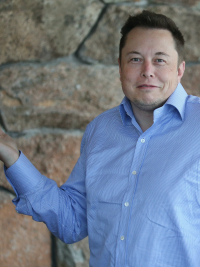
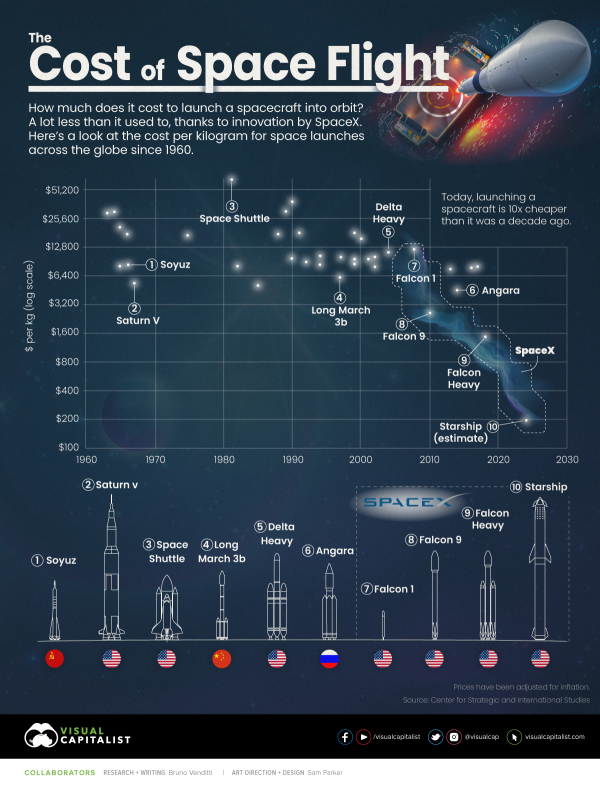 via
via 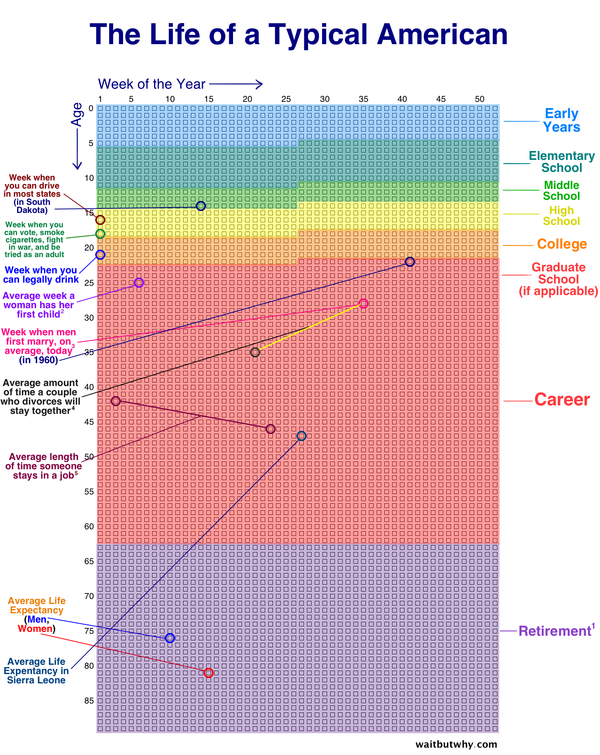
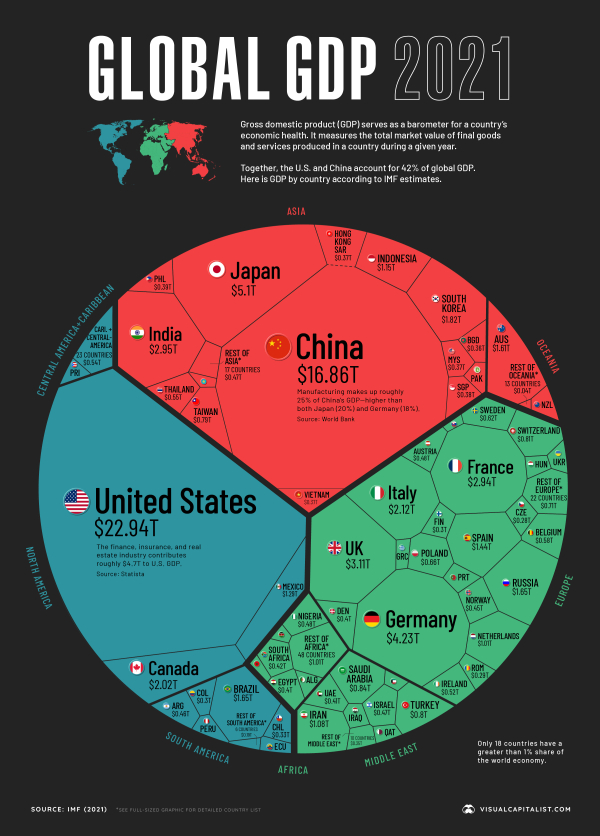 via
via 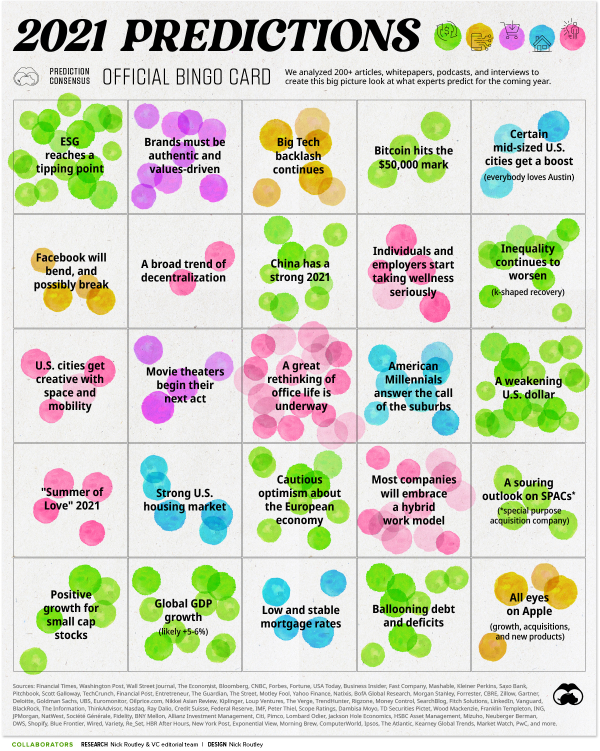 via
via 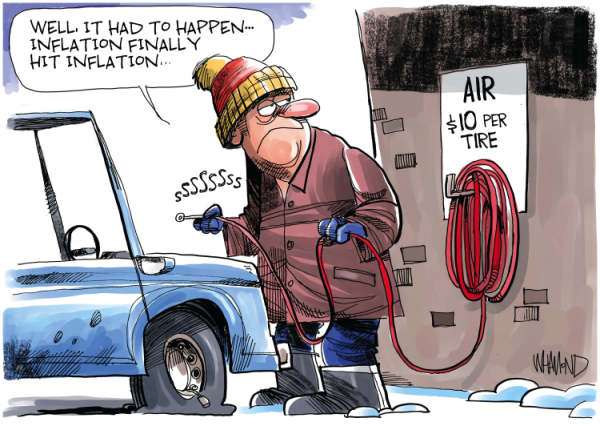
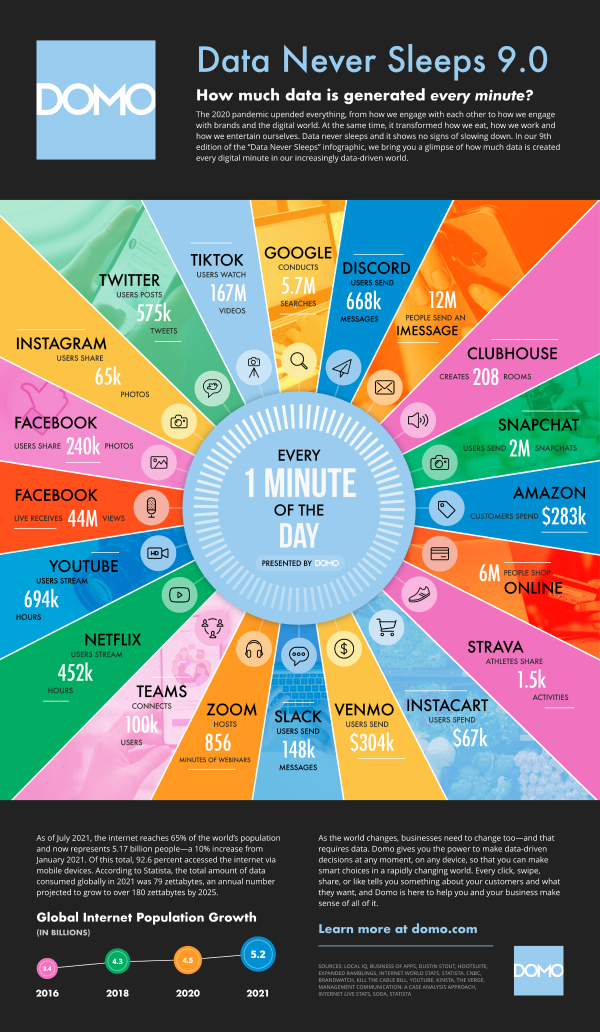
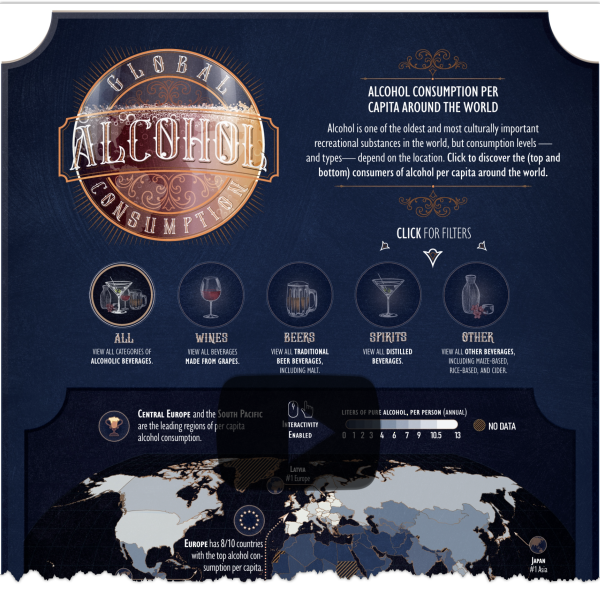 via
via 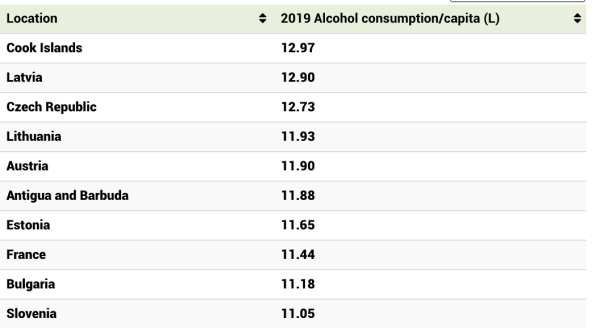 via
via 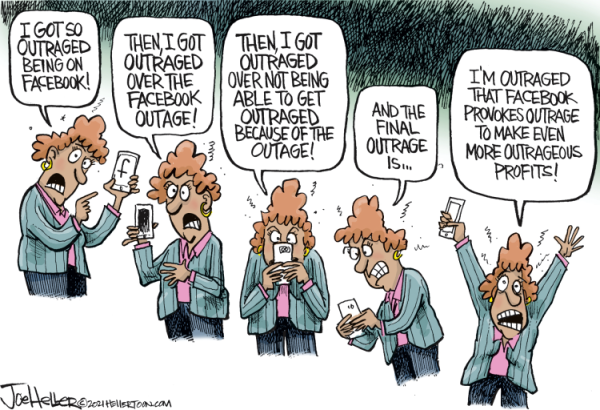
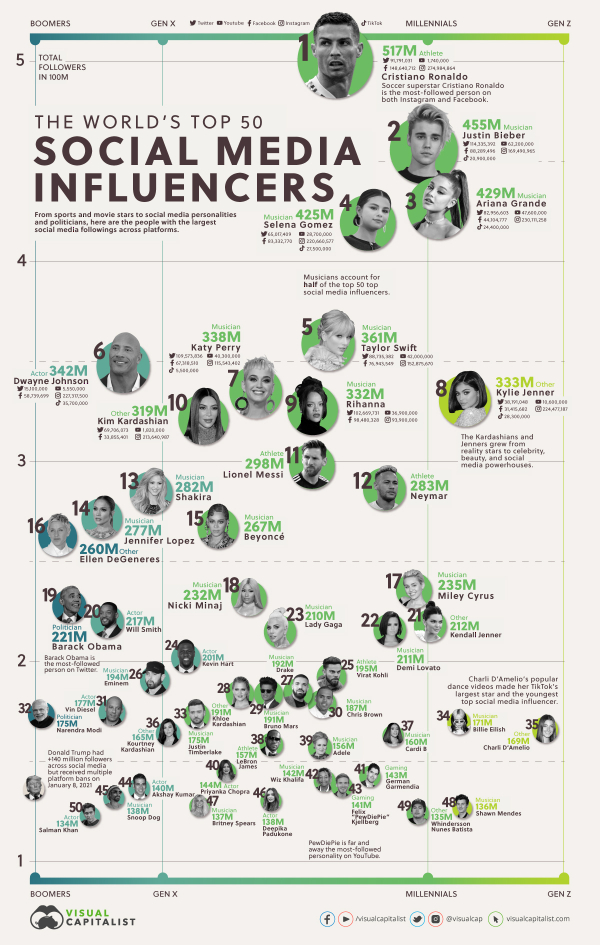 via
via